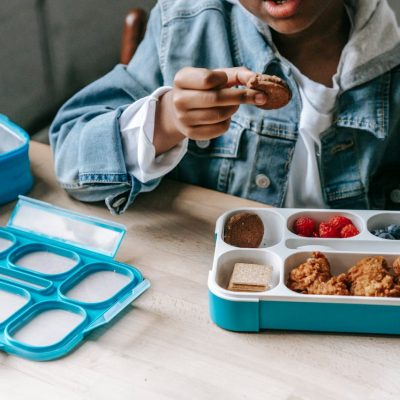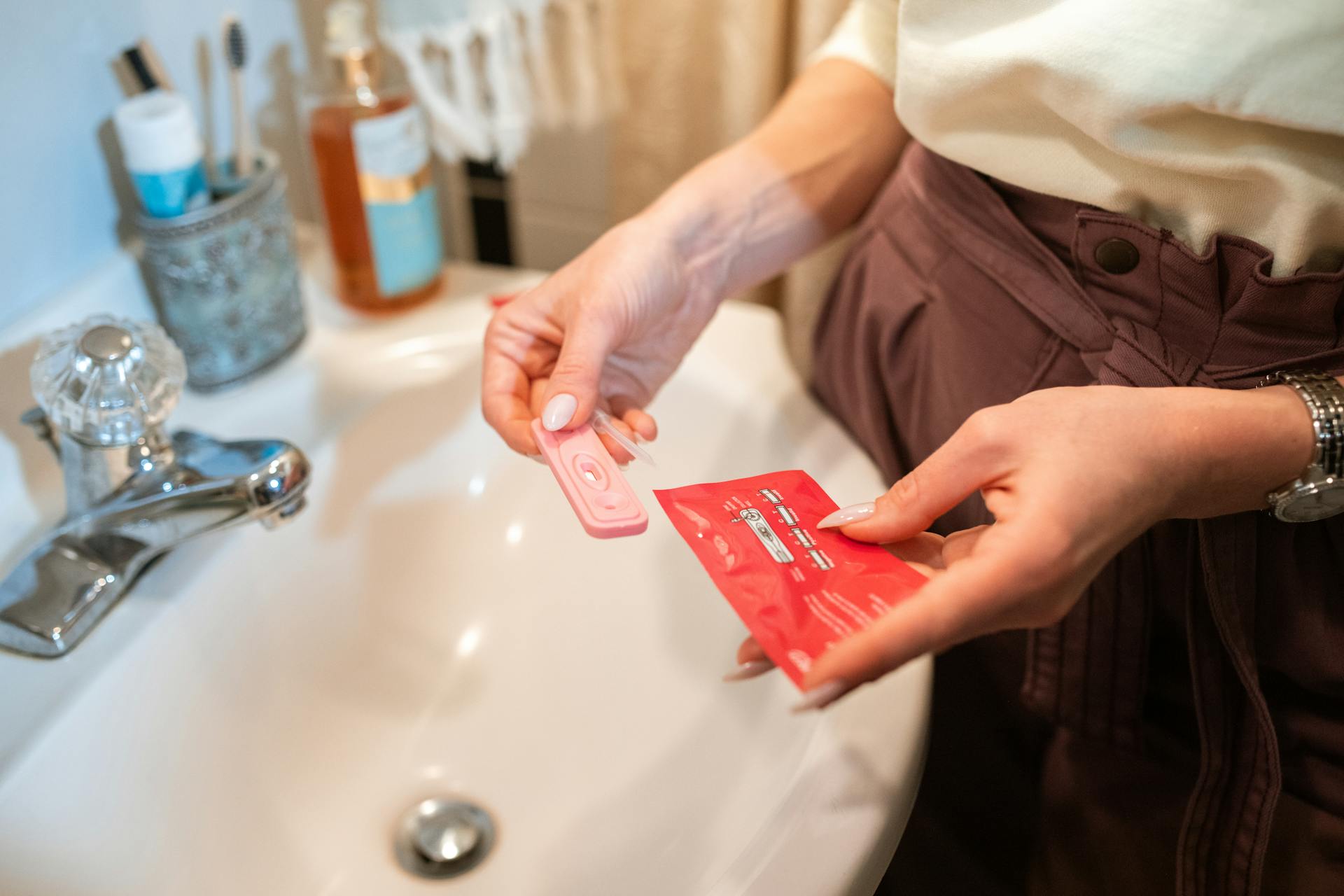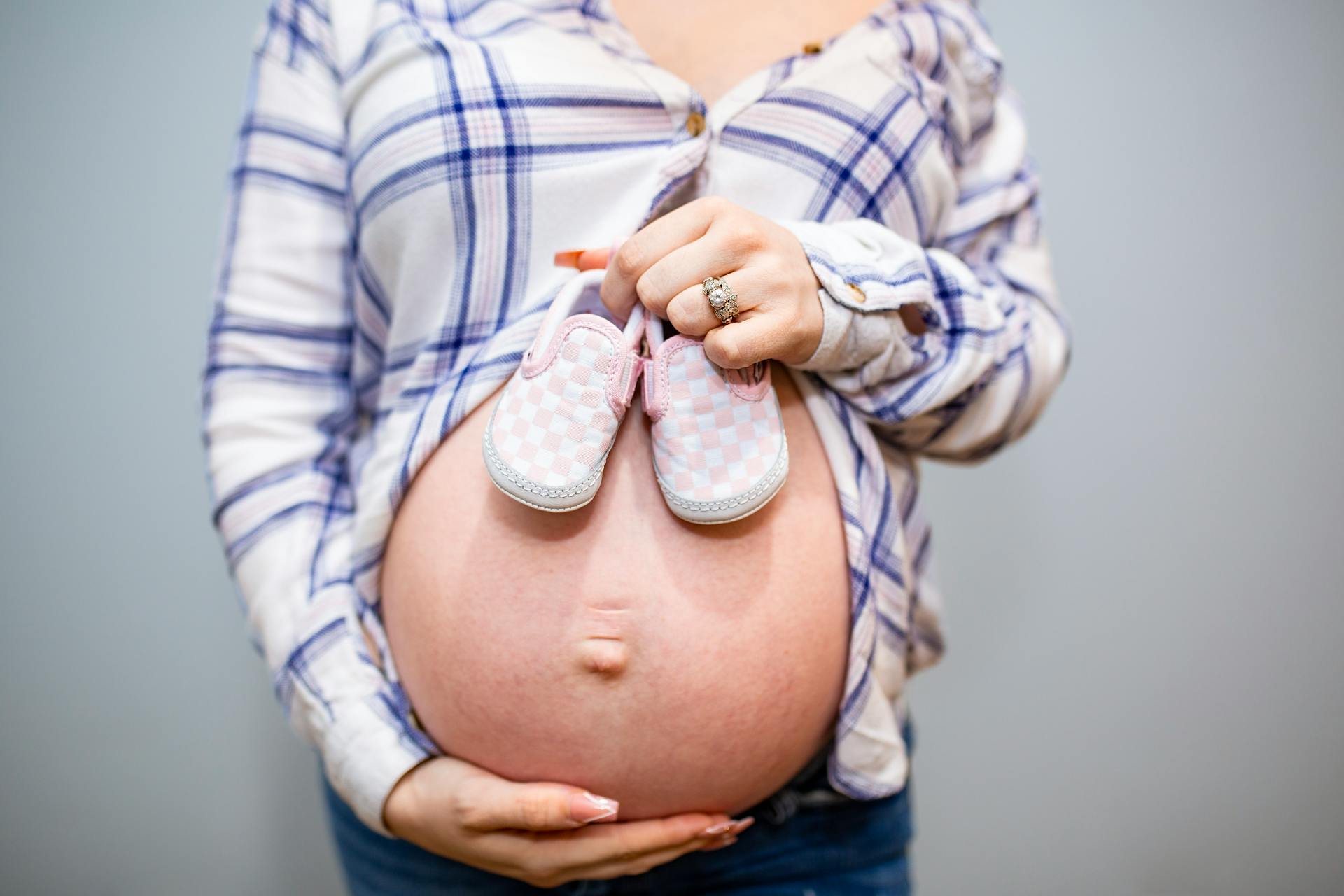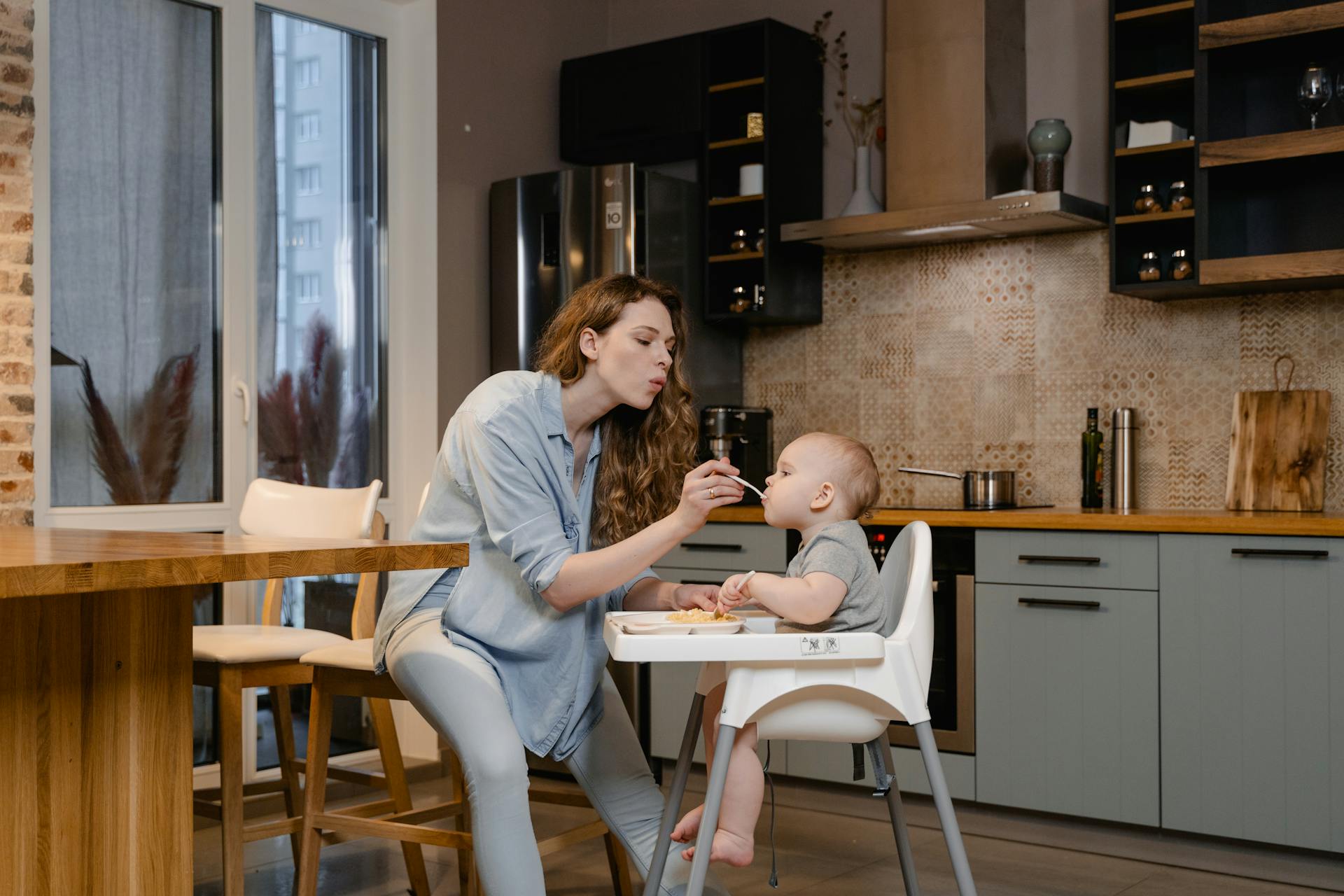One of the most exciting milestones in a baby’s development is crawling. It’s that first major sign of mobility and independence, and many parents eagerly anticipate the moment. But when do babies start crawling? The answer varies, but understanding the typical timeline, signs to look out for, and how to support your baby’s development can make the journey smoother for both baby and parent.
What Is Crawling?
Crawling is a significant motor skill milestone that usually occurs before a baby starts walking. It allows babies to explore their environment, strengthen their muscles, and develop coordination between the arms and legs. This movement sets the foundation for more complex skills like standing, cruising, and eventually walking.
When Do Babies Start Crawling?
Most babies start crawling between 6 and 10 months of age, although some may begin earlier or later. There’s a wide range of what’s considered normal, so parents shouldn’t worry if their baby doesn’t hit this milestone at exactly 7 or 8 months. Some babies even skip traditional crawling altogether and go straight to pulling up, cruising, or walking.
Types of Crawling
Before diving into timelines, it’s important to understand that there are different ways a baby might crawl:
- Classic crawl: Alternating hands and knees.
- Commando crawl: Dragging the body using forearms.
- Bear crawl: Crawling with straight arms and legs.
- Scooting or bottom-shuffling: Moving using the bottom instead of hands and knees.
- Crab crawl: Moving backward or sideways.
Each baby has their own style, and all are considered normal forms of movement.
Early Signs Your Baby Is Getting Ready to Crawl
If you’re wondering when do babies start crawling, it helps to look for the signs that your baby is preparing for this milestone. These may include:
- Increased tummy time: Babies strengthen their neck, shoulders, arms, and back while playing on their stomachs.
- Pushing up on arms: Around 4 to 6 months, babies often begin pushing their upper bodies off the floor.
- Rocking back and forth on hands and knees: This is a sign your baby is building the coordination and strength needed to crawl.
- Scooting or rolling: Some babies start moving around by rolling or scooting before transitioning to crawling.
How to Encourage Crawling
You can play a major role in helping your baby crawl by creating a safe and stimulating environment. Here are some expert-backed tips to support this developmental stage:
1. Tummy Time Is Essential
The more time your baby spends on their stomach while awake, the stronger their core and upper body muscles become. Aim for several short tummy time sessions throughout the day, gradually increasing the duration.
2. Create a Safe Play Area
Babies need room to move and explore. Make sure their play area is clear of sharp objects, cords, or choking hazards. Soft play mats or blankets on the floor can provide a comfortable surface.
3. Use Toys as Motivation
Place colorful or musical toys just out of reach to encourage movement. Babies are naturally curious, and reaching for something interesting helps them work on coordination.
4. Limit Time in Baby Gear
Swings, bouncers, and walkers are helpful in moderation, but too much time in them can delay motor development. Try to balance it with plenty of floor play.
5. Encourage Movement Through Interaction
Get on the floor with your baby, cheer them on, and play games like peek-a-boo or crawling races. Babies love social interaction, and your presence gives them confidence to try new things.
When to Be Concerned
While it’s completely normal for babies to reach milestones at different times, there are a few red flags that could signal a delay in development:
- Not attempting to move at all by 10 months
- Not bearing weight on arms or legs
- Muscle stiffness or floppiness
- Favoring one side of the body consistently
If you notice any of these signs, it’s a good idea to consult your pediatrician. Early intervention can be highly beneficial if needed.
What If My Baby Doesn’t Crawl?
Some babies skip crawling altogether. Instead, they might roll, scoot, or go straight to walking. While crawling is helpful for motor skill development, skipping it isn’t necessarily cause for concern. That said, it’s still important to ensure your baby is getting plenty of opportunities for movement and strengthening exercises.
Crawling and Brain Development
Crawling is more than just physical movement—it plays an important role in cognitive development. The cross-lateral motion (using opposite hands and knees together) helps build connections between the left and right sides of the brain. These connections support future tasks like reading, writing, and even problem-solving.
Crawling Up: What Does It Mean?
When parents ask “when do babies start crawling up,” they may be referring to a baby beginning to crawl up stairs or pull themselves up onto furniture. This usually occurs between 9 and 12 months, after a baby has mastered basic crawling. Always supervise these movements and install baby gates to prevent accidents.
Safety Tips During the Crawling Stage
As your baby becomes mobile, your home should adapt to their new skills. Here’s how to baby-proof your environment:
- Cover electrical outlets
- Install safety gates at stairways
- Anchor heavy furniture to walls
- Keep small objects out of reach
- Secure cords and blinds
The crawling stage marks a huge leap in your child’s independence, and safety should always be a top priority.
Fun Activities to Promote Crawling
Making crawling fun can help babies develop while keeping them engaged. Try these activities:
- Obstacle courses: Use pillows, tunnels, or cushions for your baby to crawl through.
- Chase games: Gently crawl after your baby—they’ll love the giggles and excitement.
- Mirror play: Babies enjoy looking at themselves and may move toward the mirror.
- Crawling races: Crawl alongside your baby to motivate them and encourage bonding.
Final Thoughts
So, when do babies start crawling? The average window is between 6 and 10 months, but every baby is unique. Instead of focusing on a specific age, pay attention to signs of readiness and create a supportive environment that encourages your little one to explore safely.
Crawling is a foundational milestone that sets the stage for walking and other motor skills. By engaging in tummy time, limiting time in baby gear, and encouraging play on the floor, you’ll help your child develop both physically and cognitively. And remember, whether your baby crawls early, late, or in their own unique way—it’s all part of the wonderful journey of growing up.
















